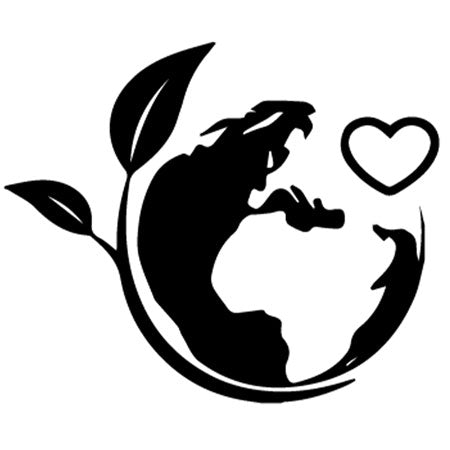×
The quality of bamboo textile used by Bamboom
The bamboo plant (Moso- Bamboo) that is used for our textiles grows
mainly in China and Taiwan. As with cotton, wool and flax, there are many
operators in the industry who are involved in processing the raw material into fiber.
Bamboom Srl sources from several companies located in a variety of countries, all of which have in common
by excellent quality standards and, above all, certified by official bodies recognized on an
international scale.
Bamboo fiber is a cellulose fiber extracted or manufactured from natural bamboo and is
made from the pulp of bamboo plants. The EPA (Environmental Protection Agency),has
observed that although the manufacturing process further purifies the cellulose,
it alters the physical shape of the fiber and changes the molecular orientation within the fiber,
the product is essentially the same chemical as the raw material. Bamboo is
easier to dye than cotton, and the amount of water and dyes required for
this operation are significantly less.
The Bamboo plant (Moso- Bamboo) is extremely hardy and hardy and does not
requires any pesticide or synthetic chemical treatment, the culture is
considered organic. Textiles therefore are produced from Organic Bamboo, (in English
Organic Bamboo)
In the process of transformation from plant to textile, unfortunately, products are used
chemicals, such as for organic cotton.
Sodium hydroxide is the main chemical used for processing, which
is commonly used in other industries such as food processing (for example, to
blackening green olives), for coffee creamers and baked goods; and it is also commonly
used for processing organic cotton.
Organic Cotton
Organic cotton is a type of cotton grown without the use of pesticides, chemical fertilizers and other toxic products that can negatively impact the environment and human health. This farming method is considered environmentally friendly and sustainable because it uses organic farming techniques such as crop rotation, composting and biological control of pest infestations, and reduced water cnsumption. In addition, organic cotton is often grown in small farming communities, providing economic and social support to local people.
The use of organic cotton has several advantages over conventional cotton. First, it reduces the environmental impact of fabric production because it does not use chemicals that are harmful to soil, water and air. Second, organic cotton is safer for the people who grow it, as it avoids exposure to toxic substances and can also improve long-term soil and plant health. Finally, organic cotton has a positive impact on the local community, as it supports the local economy and promotes sustainability at the social level.
Purchasing organic cotton products is a conscious choice for people who wish to reduce the environmental impact of their purchases and promote sustainable production practices.
Sustainability
For us at Bamboom, the environment has always come first: our Mission is encompassed in seeking the right balance between style and ecology.
Our items meet the need of modern parents to have a product that looks at the aesthetic and functional side, but also at the environmental impact.
We aim to continue to choose natural fabrics and recycled materials to minimize CO2 emissions.
This commitment is also reflected in our packaging and internal management of business activities.
Recycled materials
Recycling is very important because it decreases the amount of waste on the planet. Instead of using new raw materials, preference is given to materials that have already been used, or the waste of certain products, greatly reducing the impact that the production of a good has on the environment.
In addition to packaging made from recycled plastic and labels made from recycled paper, several of our products are made from recycled or reclaimed materials such as R-PET and PLA.






